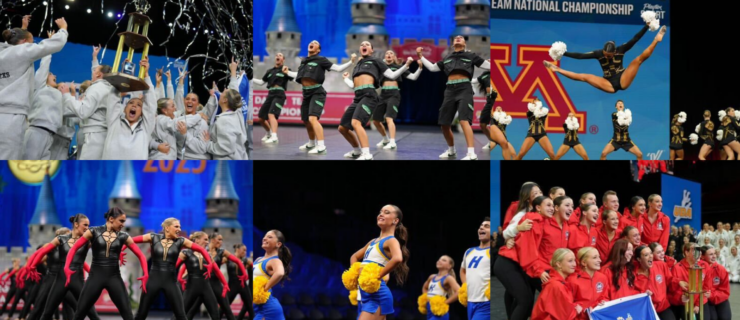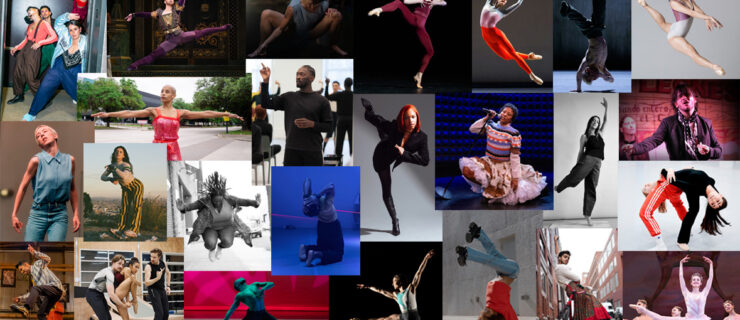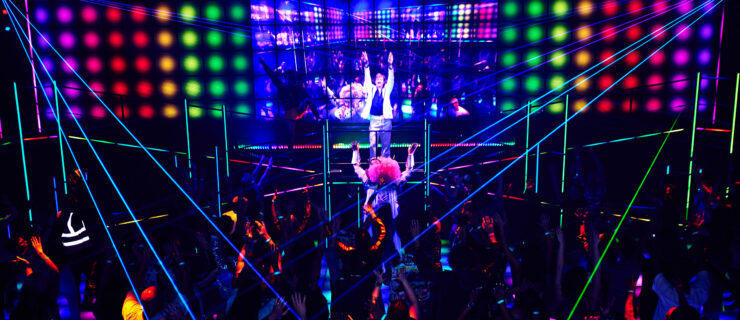All You Need to Know About Dunham Technique
Katherine Dunham was a rebel among rebels. Unlike other modern dance creators who eschewed classical ballet, Dunham embraced it as a foundation for her technique. But what set her work even further apart from Martha Graham and José Limón was her fusion of that foundation with Afro-Caribbean styles. This created an entirely original technique characterized by classical lines, a torso capable of both isolations and undulations, and utilization of a wider range of tempos and rhythmical styles than most other Western concert dance forms of the time.
Dunham’s early dance training in Joliet, IL, included ballet as well as East Indian, Javanese and Balinese dance traditions. While at The University of Chicago, she began studies in anthropology, which led to her lifelong examination of Afro-Caribbean dance forms. In 1935, Dunham received her first grant to examine the dances of Jamaica, Martinique, Trinidad and Haiti.
Dunham’s original dance company, Ballet Nègre (founded in 1930 in Chicago), was one of America’s first African American ballet companies, and in 1933 she founded the Negro Dance Group, a school for young black dancers. In the 1940s, she formed the Katherine Dunham Dance Company in NYC, and this troupe toured the world for two decades. Outside the realm of modern dance, Dunham starred on Broadway and in major box office films such as Stormy Weather (1943). Her work as a cultural educator and activist helped forge deeper racial and social understanding in the U.S. and around the world. In her lifetime, Dunham, who died in 2006 at age 96, was the recipient of numerous awards, including the Kennedy Center Honors Award and the National Medal of Arts.
Approaching the Classroom
“Really, the three most important things to bring to a Dunham class are an open mind, body and spirit,” says Dr. Albirda Rose, Director of the Dunham Technique Certification Board. She notes that spiritual awareness and focus are invaluable in approaching Dunham Technique.
Rose also notes that because Dunham studied ballet before beginning her exploration of Afro-Caribbean dance forms, you’ll spot elements of ballet, in terms of barre work and placement. “We work with the same length and line as in ballet,” Rose says. “We work with turnout.”
You’ll also encounter some exciting rhythmic challenges. “Because she was working with Afro-Caribbean dance forms,” Rose says, “Dunham’s approach to dance is polyrhythmic.” Dunham classes regularly use more than one drummer at a time, which means multiple rhythms might be overlaid in the same exercise—a 5 or 7 may play against a 4/8, for instance. You may also be working one body part in a counter rhythm to another body part simultaneously.
What To Expect
Dunham Technique is codified, so classes usually follow a similar setup. “We start with breathing exercises,” says Rose, “which can be done in the center or at the barre.” A set regimen of barre exercises follows. “We’ll always do the press into the barre, and flat backs—we’re working on alignment here, and beginning to build stamina, and then developing core strength,” Rose says. (You’ll find great videos of Dunham’s barre work on The Library of Congress website.)
The center series includes isolations. “The torso in Dunham is different than in ballet,” explains Rose, so isolations are important. The torso must be both strong and articulate, “so we work on strong percussive movements and on undulating movements.” If you’re a jazz dancer, you’ll find some similarities here—Dunham’s work had an impact on jazz technique as well! (See DS January 2008 for more.)
Progressions of specific movements are next, including Dunham walks, Dunham prances, second position jumps, turns, and finishing with elevations (jumps). “Dunham walks and prances are different than other techniques in that they are grounded and into the earth. And, with the rhythmic structures, the quality of movement is further differentiated. I tell my students to think of themselves as African queens carrying something on their heads that must not be dropped,” explains Rose. Classes usually finish with a combination bringing together the day’s themes and exercises. You may also get to learn some Dunham repertory!
Dunham Today
Although Dunham Technique isn’t as widely taught as some of the other modern masters, her influence is still strong. Among her students was dance legend Alvin Ailey, and Dunham’s technique and works are kept alive through the Ailey company and school in NYC. And her legacy lives on beyond the steps she created, as well: “Much of Ms. Dunham’s work was related to intercultural communication, socialization through the arts, and form and function,” Rose says. “Most people think of Ms. Dunham’s company as being African American, but the reality is she built a multinational, multilingual company. Most of her dancers spoke several languages. In fact, that’s one of my first memories of being with her and her dancers and students. As soon as I walked into her home, I heard conversations through the house in three or four different languages. She wove that into her work. When she danced or choreographed, she took down those cultural barriers.”
Joshua Legg teaches ballet and modern at Harvard University.
Photo: Colin Fowler



